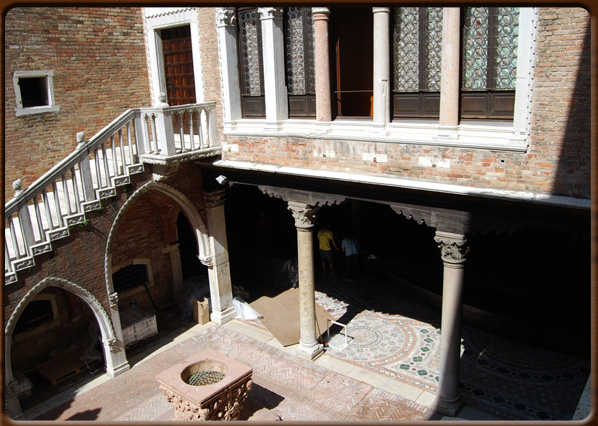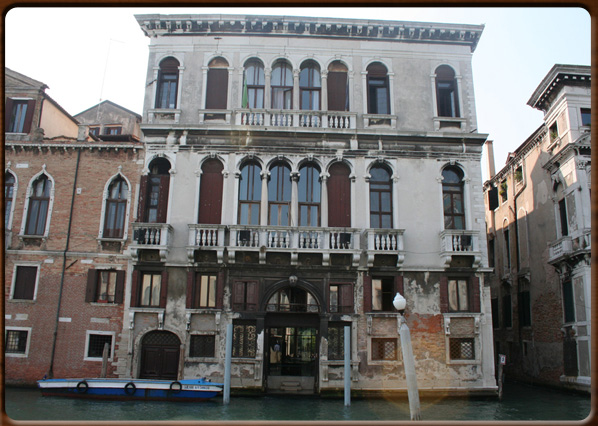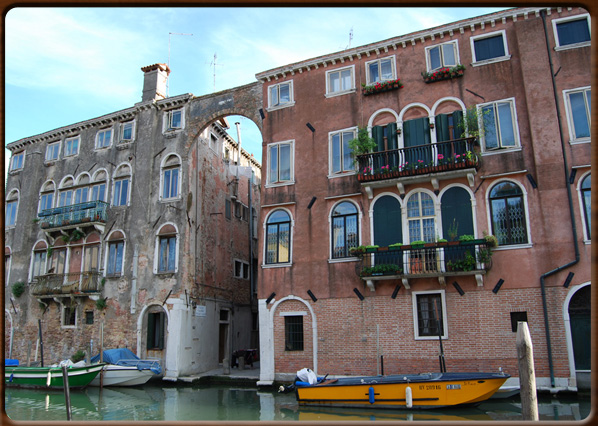
Pisani Moretta Palace .

Ca' d'Oro internal court.

Ca' Tron with inlighted mezzanine.

Canal access from Palazzo Mastelli.

Anonymous buildings in Cannaregio.





No video
Many scholars feel that the measure and sobriety of the Venetian aristocracy is reflected in their palaces.
Indeed, Venice has a huge number of patrician buildings, like other Italian cities (Rome, Milan and Florence), but differs in the fact that these palaces nearly always have the same structure.
A lot of information about the layout of the rooms can be obtained by just looking at the façade. The first floor is the “noble” floor, where guests and dignitaries were received and balls and banquets held.
The position of the largest room on this floor – the hall or salon - is obvious from the close-set series of windows in the centre of the façade. A few palaces also have a similar (though smaller) hall on the second (or higher) floor, again marked by a series of adjacent windows.
The second floor was, however, generally dedicated to the family’s private rooms, though also often used as offices and archives, later frequently turned into proper libraries.
A Venetian palace may sometimes have a series of smaller windows between the ground floor and the first floor: these correspond to the mezzanine, i.e. middle floors that were used as storerooms or the servants’ quarters, occasionally also as living rooms that were easier to heat in the Winter or offices.
The ground floor – especially if the palace was owned by a rich merchant – was used as a warehouse and as office space, directly connected to the canal in front. In this case, the palace was both a residence and business offices or warehouse. The kitchens of a Venetian palace were generally on the ground floor, making for easy access to the canals, or under the roof for better ventilation.
The ground floor was usually enriched with a courtyard, in the place of a garden.
1100 - 1200 - - rev. 0.1.6